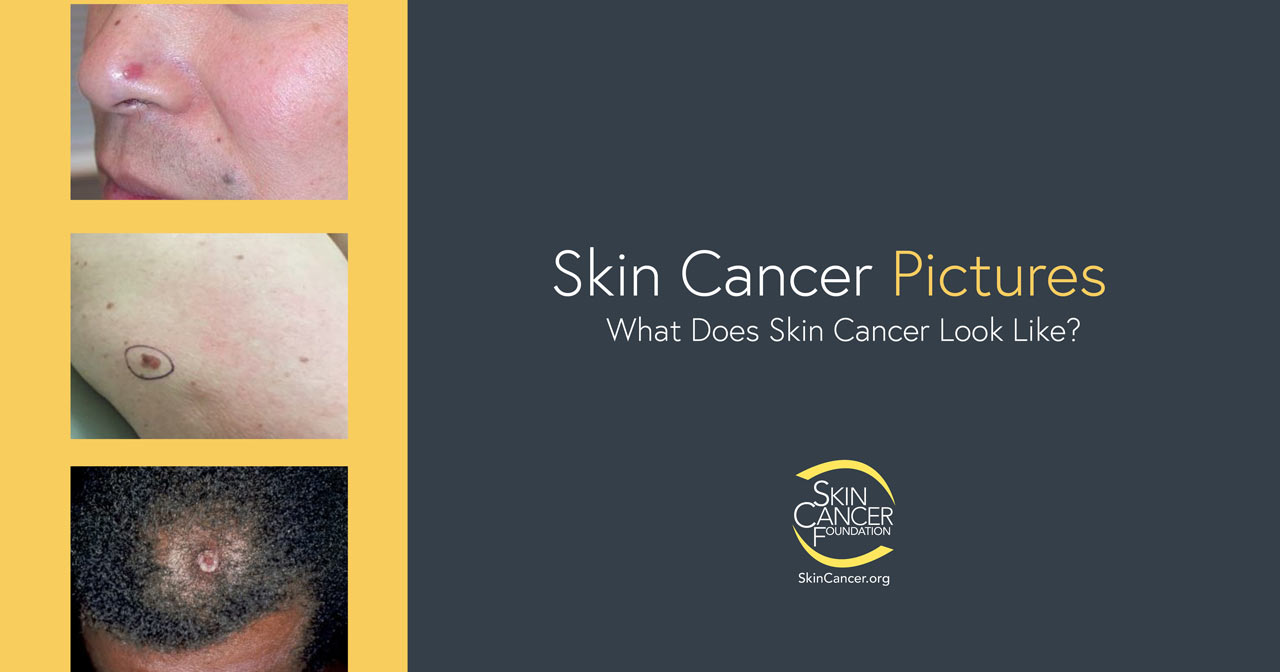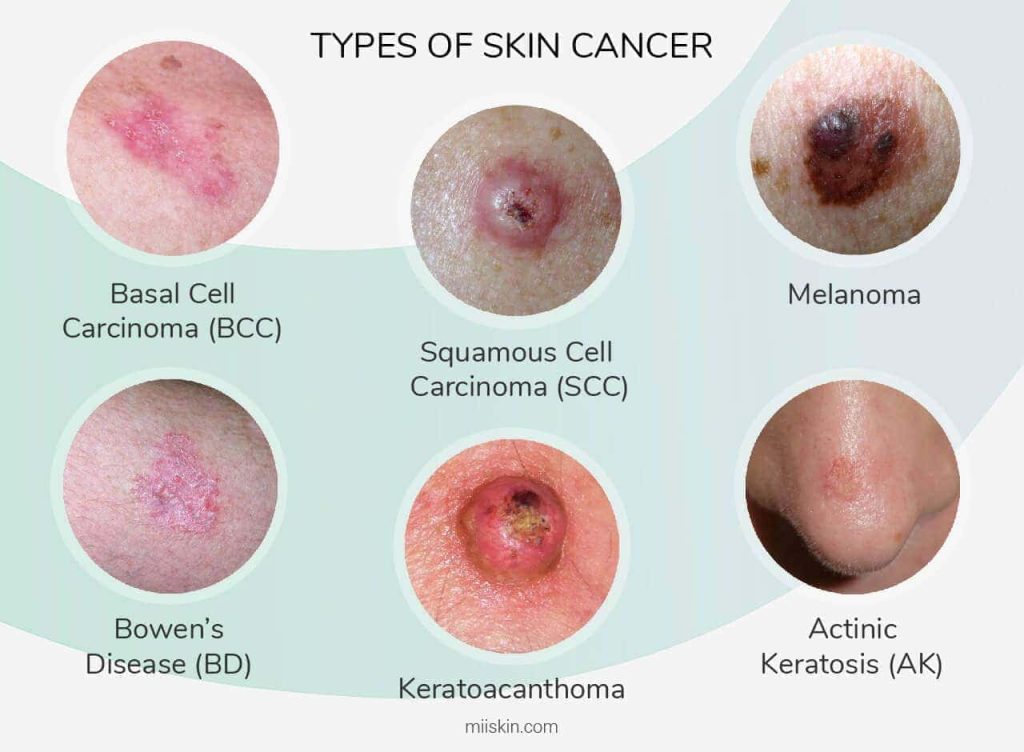The most common type of early stage skin cancer is a basal cell carcinoma. This type of cancer forms in the cells that line the bottom of the epidermis, which is the outermost layer of skin. Basal cell carcinomas often look like pimples that won’t go away or heal.
They can also appear as open sores, red patches, white spots, or scars.
If you have a pimple that doesn’t go away after a week or two, it could be early stage skin cancer. Skin cancer is the most common type of cancer, and while it is usually not life-threatening, it can be if it’s not caught early. A pimple that won’t go away could be a sign of basal cell carcinoma, the most common type of skin cancer.
If you have a pimple that is bleeding, crusting, or changing in any way, see a doctor right away.
Skin Cancer Signs, Symptoms and Self-Exam
Skin Cancer Pictures Early Stages
Skin cancer is one of the most common types of cancer. It can occur on any part of the body, but is most often found on the face, neck, or hands. Skin cancer usually starts as a small, abnormal growth or mole.
It may be skin-colored, tan, black, white, red, pink, or blue. The growth may look like a pimple that doesn’t go away or heals and then comes back. It may also look like a sore that won’t heal or gets bigger over time.
If you have any suspicious growths on your skin, it’s important to have them checked by a doctor right away. Early detection is key to successful treatment of skin cancer. With early stage skin cancers, there is usually no pain or other symptoms.
This makes it even more important to be vigilant about checking your skin regularly and having any unusual growths checked out by a doctor.
There are three main types of skin cancer: basal cell carcinoma (BCC), squamous cell carcinoma (SCC), and melanoma. BCC and SCC are the most common types of skin cancer and are generally less aggressive than melanoma.
Skin Cancer Pimple on Face
When you have a pimple on your face, the last thing you want to think about is that it could be skin cancer. But it’s important to be aware that this is a possibility, especially if the pimple doesn’t go away after a couple of weeks or if it seems to be getting bigger.
Skin cancer can occur anywhere on the body, but the face is one of the most common places for it to show up.
That’s because the face is exposed to more sunlight than other parts of the body and UV rays can damage skin cells and lead to cancer.
Most skin cancers are non-melanoma cancers, which means they don’t involve melanocytes, the cells that produce pigment in the skin. The two most common types of non-melanoma skin cancer are basal cell carcinoma and squamous cell carcinoma.
These types of skin cancer are usually not life-threatening, but they can still cause serious problems if they’re not treated.
Can Skin Cancer Pop Like a Zit
Skin cancer is the most common form of cancer in the United States. More than 3.5 million cases are diagnosed each year. Skin cancer can occur on any part of the body, but it is most often found on the face, neck, and arms.
There are three main types of skin cancer: basal cell carcinoma, squamous cell carcinoma, and melanoma. Basal cell carcinoma is the most common type of skin cancer. It typically appears as a small, red or pink bump that may bleed easily.
Squamous cell carcinoma usually appears as a scaly patch or lump that may crust over time. Melanoma is the most serious type of skin cancer. It typically appears as a dark mole or spot on the skin that may change in color or size over time.
Skin cancers can be treated with surgery, radiation therapy, chemotherapy, or targeted therapy. The best treatment option depends on the type and stage of skin cancer.
Skin Cancer That Looks Like a Wart Pictures
Skin cancer is the abnormal growth of skin cells. It can occur anywhere on the body, but is most commonly found on areas that are exposed to sunlight, such as the face, neck, and hands. Skin cancer can take many different forms, and can often resemble other skin conditions, such as warts or moles.
If you have a growth on your skin that looks like a wart, it is important to have it evaluated by a doctor. While most warts are harmless, some types of skin cancer can also look like warts. If caught early, skin cancer is highly treatable.
There are three main types of skin cancer: basal cell carcinoma (BCC), squamous cell carcinoma (SCC), and melanoma. BCC and SCC are the most common types of skin cancer, and they usually appear as small bumps or patches on the skin. Melanoma is less common than BCC and SCC, but it is more aggressive and can be deadly if not treated promptly.
If you have any concerns about a growth on your skin, please see your doctor for an evaluation. Early detection is key to successful treatment of skin cancer.
Skin Cancer Symptoms
Most people are aware of the major skin cancer symptoms, which include a new mole or a change in an existing mole. However, there are other, less obvious skin cancer symptoms that people should be aware of. These include:
· A change in the texture of your skin – for example, it may become rougher or thinner than usual
· A change in the color of your skin – for example, it may become redder or darker than usual
· A sore that doesn’t heal within four weeks
· A patch of skin that is scaly, crusted or inflamed
If you notice any changes to your skin that are not normal for you, it’s important to see a doctor as soon as possible. Skin cancer can be treated successfully if it is caught early.
What Happens If You Pick at a Basal Cell Carcinoma
A basal cell carcinoma is a slow-growing type of skin cancer that originates in the basal cells, which are the round cells found at the bottom of the outermost layer of skin. Basal cell carcinomas are the most common type of skin cancer, accounting for about 80 percent of all cases. They usually occur on sun-exposed areas of the body, such as the face, neck, chest, and back.
If you pick at or scratch a basal cell carcinoma, it can cause bleeding and open up the possibility for infection. In some cases, picking or scratching can also lead to scarring. If you have a basal cell carcinoma that is bleeding or causing other problems, it’s important to see a doctor so that it can be properly treated.
Skin Cancer on Nose
Skin cancer is the most common type of cancer. More than 3.5 million cases of skin cancer are diagnosed in the United States each year. Skin cancer can occur on any part of the body, but it is most commonly found on the face, neck, and hands.
The nose is a common site for skin cancer because it is exposed to sunlight more often than other parts of the body.
There are three main types of skin cancer: basal cell carcinoma, squamous cell carcinoma, and melanoma. Basal cell carcinoma is the most common type of skin cancer, accounting for about 80% of all skin cancers.
Squamous cell carcinoma makes up about 20% of all skin cancers. Melanoma is the least common type of skin cancer, but it is the most dangerous because it can spread to other parts of the body if not treated early.
Most skin cancers can be treated successfully if they are found early.
The best way to find skin cancer early is to perform regular self-exams and to see a dermatologist regularly for professional exams.
Basal Cell Carcinoma Pimple
Basal cell carcinoma (BCC) is the most common type of skin cancer. It usually appears as a small, pearly-white or waxy bump on the sun-exposed skin of the face, neck, chest, shoulders, back, or arms. BCC can also look like a sore that doesn’t heal or a red patch.
Most BCCs are slow growing and can be treated successfully if found early. But they can be aggressive and spread to other parts of the body if not treated promptly. That’s why it’s important to see your doctor if you have any suspicious looking bumps or sores on your skin that don’t heal within a few weeks.
If you have been diagnosed with BCC, there are several treatment options available depending on the size and location of the tumor. These include cryotherapy (freezing), topical chemotherapy, radiation therapy, surgery, and Mohs micrographic surgery. Your doctor will work with you to determine the best treatment plan for your individual situation.

Credit: www.skincancer.org
How Can You Tell If a Pimple is Cancerous?
The short answer is that you can’t. Cancerous pimples look and feel just like regular pimples, so there’s no way to tell the difference without a biopsy. That said, it’s important to remember that cancer is relatively rare, so the vast majority of pimples are NOT cancerous.
If you have any concerns about a particular pimple, it’s always best to see a doctor for an evaluation.
Can Skin Cancer Look Like a Pimple at First?
Yes, skin cancer can look like a pimple at first. This is because both skin cancer and pimples can appear as small, round, and flesh-colored bumps on the skin. However, there are some key differences between the two that can help you determine which one it is.
For example, pimples are usually found on the face, whereas skin cancer is more likely to occur on other parts of the body, such as the arms or legs. Additionally, pimples tend to be filled with pus, while skin cancer bumps are typically hard and painless. If you’re unsure whether a bump on your skin is a pimple or something else, it’s always best to consult with a doctor or dermatologist for an accurate diagnosis.
What Does Skin Cancer Look Like When It First Starts?
There are many types of skin cancer, but the most common is basal cell carcinoma. It usually starts as a small, round, pearly bump on the sun-exposed skin of the face, head, neck, chest, back or shoulders. The bump may be flesh-colored, pink or red.
Basal cell carcinomas can also look like flat patches of scaly skin or open sores that bleed, crust over and heal and then re-open. They can grow very slowly over months or years.
Squamous cell carcinoma usually appears as a firm, red lump with a rough surface.
It can also look like an ulcer that hasn’t healed or a warty growth. Like basal cell carcinoma, it tends to occur on sun-exposed areas of the body such as the face, ears, neck, lips and backs of the hands. But it can also occur on other parts of the body not exposed to sunlight.
Melanoma is less common than basal cell and squamous cell skin cancers but it is more likely to spread (metastasize) to other parts of the body if not found early and treated promptly.
What are the 7 Warning Signs of Skin Cancer?
The seven warning signs of skin cancer are: change in the size, shape or color of a mole; bleeding from a mole; new growth on the skin; crusting or scaling of a mole; itching or pain in a mole; change in sensation in the skin; and ulceration. These changes can occur over days, weeks, or even months. If you notice any of these changes, it is important to see your doctor right away for an evaluation.
Conclusion
This blog post covers early stage skin cancer and how it can present itself as a pimple. It is important to be aware of the signs and symptoms of skin cancer so that you can catch it early. Early stage skin cancer may appear as a small, red, or white bump on the skin.
It is important to have any new bumps checked out by a doctor so that they can rule out skin cancer.

